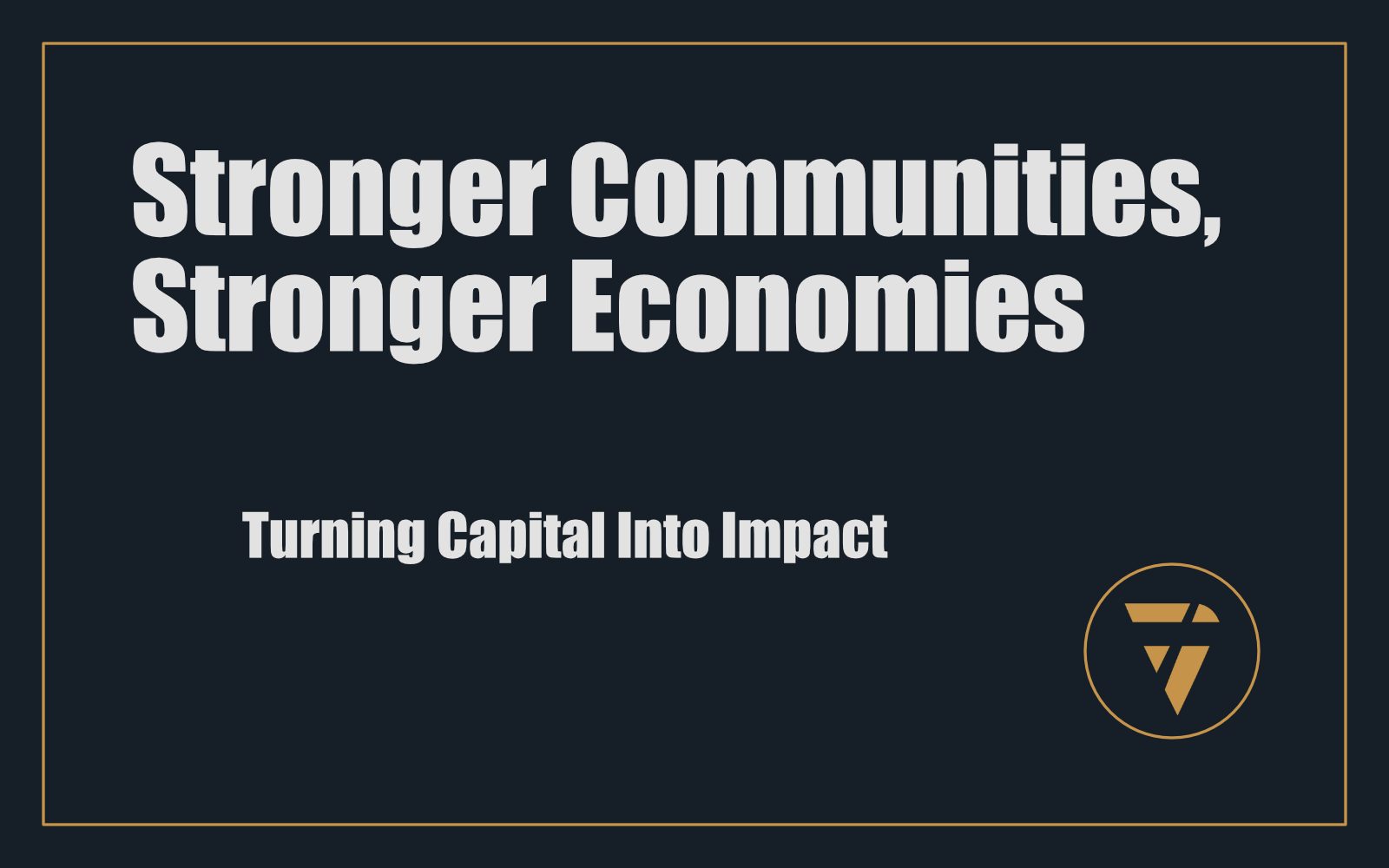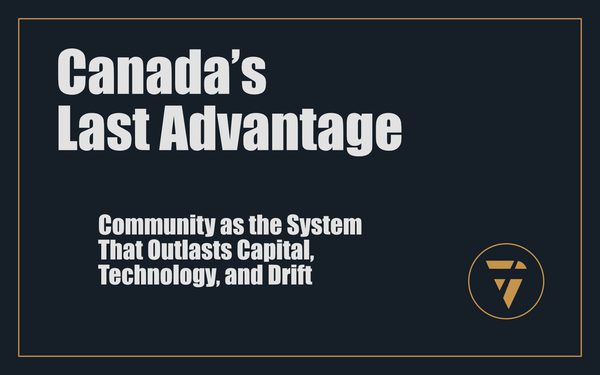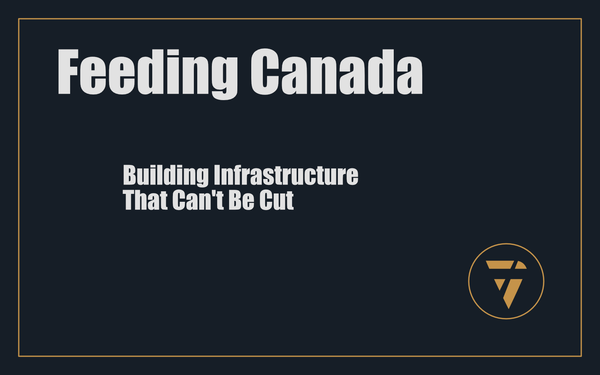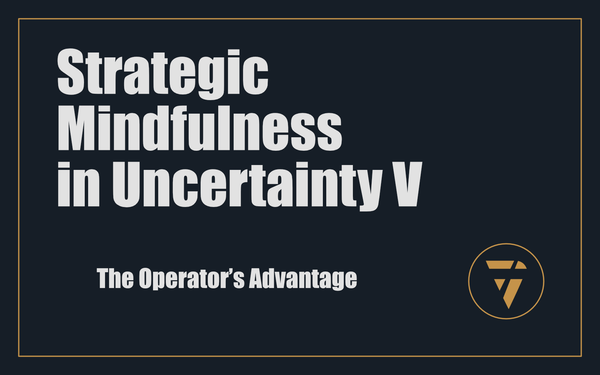Stronger Communities, Stronger Economies

Turning Capital Into Impact
Economic growth doesn't happen by accident. It's the result of deliberate planning, targeted investment, and long-term commitment to building sustainable industries, supporting local businesses, and developing infrastructure that enables prosperity.
Yet, across many communities—particularly in rural, remote, and Indigenous regions—economic potential remains unrealized due to a lack of investment, strategic direction, and collaborative leadership. Businesses struggle to access funding, infrastructure gaps prevent economic expansion, and young talent leaves for better opportunities elsewhere.
Investment in community development is not charity—it's a strategic economic decision that generates long-term financial returns, while strengthening the social and economic fabric of a region. This is where corporate leaders, investors, and public-sector stakeholders must step forward.
1. The Benefits of Investing in Community Development
The greatest economic opportunities exist where there is unmet potential. Many businesses and investors continue to overlook smaller and underserved communities, assuming that they offer lower returns and higher risks. However, communities that receive targeted investment and development support have proven time and again that growth can be achieved rapidly when capital and expertise are applied strategically.
The Direct Economic Returns of Community Investment
Investment in local economies generates tangible financial returns through:
- Business expansion and job creation – When local businesses receive funding and support, they grow, hire more employees, and increase local spending.
- Infrastructure development leading to higher property values and commercial activity – Roads, utilities, and broadband investments enable businesses to expand and attract new enterprises.
- Strengthening regional supply chains – Economic development builds self-sustaining local industries, reducing reliance on outside markets and creating more efficient business ecosystems.
The Social and Economic Stability Factor
Investing in community development also yields long-term economic stability, reducing risk and uncertainty for businesses and investors by:
- Decreasing unemployment and workforce displacement – A strong local economy ensures that workers remain in their communities, sustaining demand for housing, retail, and services.
- Encouraging entrepreneurship and local innovation – When capital is available, more businesses emerge, increasing economic diversification.
- Building stronger communities that retain talent – Economic opportunity reduces migration to larger urban centres, keeping skilled workers within regional economies.
The regions that receive investment today will become the economic powerhouses of tomorrow. Who will have the foresight to lead the way?
2. How Supporting MEDA Aligns with ESG and Corporate Responsibility
Corporations and investors today are increasingly measured not only by their financial performance but also by their impact on society, the environment, and long-term economic sustainability. Environmental, social, and governance (ESG) initiatives are no longer just an ethical consideration, they are a business imperative.
The ESG Advantage of Economic Development Investment
Environmental (E) – Sustainable Growth Through Smart Development
- Investing in green infrastructure, renewable energy projects, and sustainable industries supports both economic growth and environmental responsibility.
- MEDA facilitates climate-conscious economic planning, ensuring that growth does not come at the cost of environmental degradation.
Social (S) – Strengthening Communities and Workforce Resilience
- Supporting economic development fosters workforce training, job creation, and small business growth, directly improving social and economic equity.
- Investment in Indigenous, remote, and rural communities contributes to economic reconciliation, helping communities build self-sufficient economies.
Governance (G) – Strategic, Transparent, and Accountable Growth
- MEDA follows structured, transparent economic development models to ensure that investments lead to measurable, data-driven outcomes.
- Public-private partnerships through MEDA allow corporate leaders and investors to align their initiatives with long-term economic sustainability goals.
The Corporate Responsibility Factor
Beyond ESG, community investment provides brand and reputational benefits to businesses by:
- Demonstrating commitment to regional economic development and social impact.
- Strengthening relationships with government agencies and economic development organizations.
- Creating a long-term market for products and services in emerging regions.
Corporate leadership is about more than profitability today, it's about securing sustainable economic growth for the future.
3. The Path to Action: A Structured Proposal for Partnership and Execution
Recognizing the need for community investment is only the first step. The next step is structured action, ensuring that capital is directed where it will generate maximum economic and social return.
The MEDA Partnership Model
Manitou Economic Development Agency (MEDA) specializes in identifying, structuring, and executing high-impact economic development initiatives. Investors, businesses, and public stakeholders looking to engage in meaningful community investment can do so through a structured partnership model.
How Investors and Corporate Leaders Can Engage
1. Investment in Economic Development Funds
- MEDA structures regional investment funds that direct capital into business expansion, infrastructure, and workforce development.
- These funds are designed to generate both financial returns and long-term community impact.
2. Public-Private Partnership (PPP) Engagement
- Investors and businesses can partner with municipal governments, Indigenous communities, and regional organizations to co-fund infrastructure projects, supply chain expansions, and industrial development.
3. Workforce Development and Training Investment
- Corporations looking to expand into emerging markets can support industry-specific workforce training initiatives, ensuring that talent is developed locally, rather than externally.
Execution Strategy and Next Steps
A successful community investment strategy follows a clear execution plan:
Phase 1: Strategic Assessment and Investment Targeting
- Conduct a regional economic assessment to identify high-impact investment opportunities.
- Align corporate investment goals with regional economic development priorities.
Phase 2: Capital Structuring and Project Planning
- Secure multi-source funding, combining public grants, private capital, and municipal investment.
- Develop scalable project structures to ensure sustainable growth and long-term returns.
Phase 3: Implementation and Economic Expansion
- Deploy capital into business expansion, infrastructure projects, and workforce development initiatives.
- Establish ongoing performance tracking and accountability to measure success and adapt strategies as needed.
MEDA provides the expertise, network, and execution framework to ensure that every dollar invested in community development leads to measurable economic success.
The Time for Investment is Now
The communities that receive investment today will become the economic growth hubs of the future. Businesses and investors who engage in strategic economic development initiatives now will secure long-term financial returns, strengthened community partnerships, and enhanced corporate reputations.
Manitou Economic Development Agency is leading the way in structuring, securing, and deploying community investment initiatives that create lasting impact. The only question is who will step forward to lead this transformation?
The time for economic action is now. The opportunity is clear. Who is ready to invest in the future?
This is what I’m working on. Tell me what you think, I enjoy the conversation! Subscribe and follow the work in real time.
Thanks!
B

Economic growth doesn’t happen by chance, it happens through strategic investment. Communities that secure funding for businesses, workforce development, and infrastructure thrive. The opportunity is clear. Who is ready to invest in the future?
PS -






